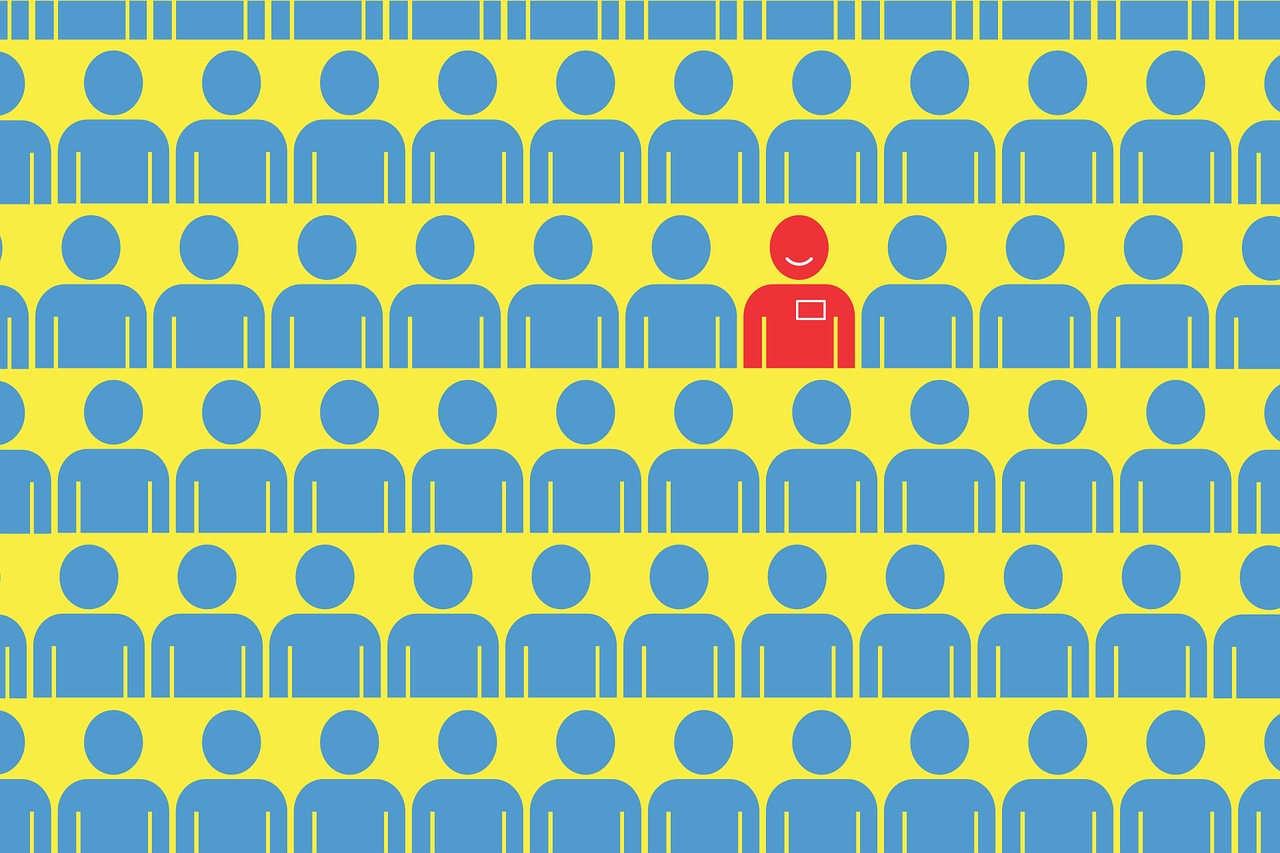In September there were 3.9 million job openings and 11.3 million people looking for work, a ratio of 2.9-to-1, according to the Job Openings and Labor Turnover Survey released by the US Bureau of Labor statistics.
That is a better ratio than the 6.7-to-1 during the height of the Great Recession, but nowhere near the 1-to-1 reported in December 2000. In fact, the worst month in the early 2000s just about reached the current ratio.

Elise Gould, an economist at the Economic Policy Institute, pointed out in her analysis that the job-seekers’ ratio overstates the improvement in people’s chances of finding work.
Gould wrote:
“Most of the decline in the number of job seekers is because more than 5 million would-be workers are sidelined; they are neither employed nor looking for work due to the weak labor market.”
”These ‘missing workers’ are thus not counted as unemployed, but many will become job seekers when a robust jobs recovery finally begins, so job openings will be needed for them, too.”
Job seekers outnumber job openings in all industries
The JOLTS (Job Openings and Labor Turnover Survey) data also remind us that America’s current high unemployment rate in no way reflects a mismatch or skills shortage, seeing that unemployed workers significantly outnumber job vacancies in all industries.
Gould said:
“In no industry does the number of job openings even come close to the number of people looking for work. This demonstrates that the main problem in the labor market is a broad-based lack of demand for workers – not, as is often claimed, available workers lacking the skills needed for the sectors with job openings.”
In September, 2.3 million people quit their jobs voluntarily, a relatively low number, as were the number of hires, at 4.5 million.

